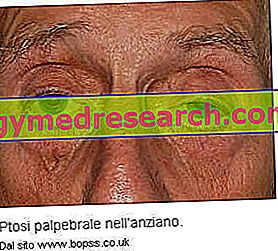
Tattoos have more or less important side effects, especially when poor pigments are used. Needle and ink increase the risk of developing adverse skin reactions, allergic contact dermatitis, photoallergy and other unpleasant complications.
For all intents and purposes, a tattoo is a skin lesion, so there is the possibility of local infections, characterized by redness, swelling, pain and the presence of pus. Tattoo inks, especially if red in color, can cause acute (onset) or late (late months or years) allergic reactions . These manifest themselves mainly with itchy skin eruptions, bulges near the drawing, granulomas, hardened erythematous plaques, edema of the extremities, enlargement of regional lymph nodes, hematomas and purpura.
These adverse reactions are generally attributed to the presence of metal salts (such as mercury sulphide), used in the preparation of the pigment. In particularly sensitive subjects, there are also risks of anaphylactic shock and ink rejection .
Tattoos and melanoma
Tattoos do not increase the risk of melanoma, but can make the diagnosis more difficult. The presence of pigments, in fact, hinders the monitoring of moles, whose change may represent a signal of the transformation in a tumor sense. Furthermore, about 50% of melanomas develop from the pre-existing ones, so the design should never be imprinted on pigmented lesions.



